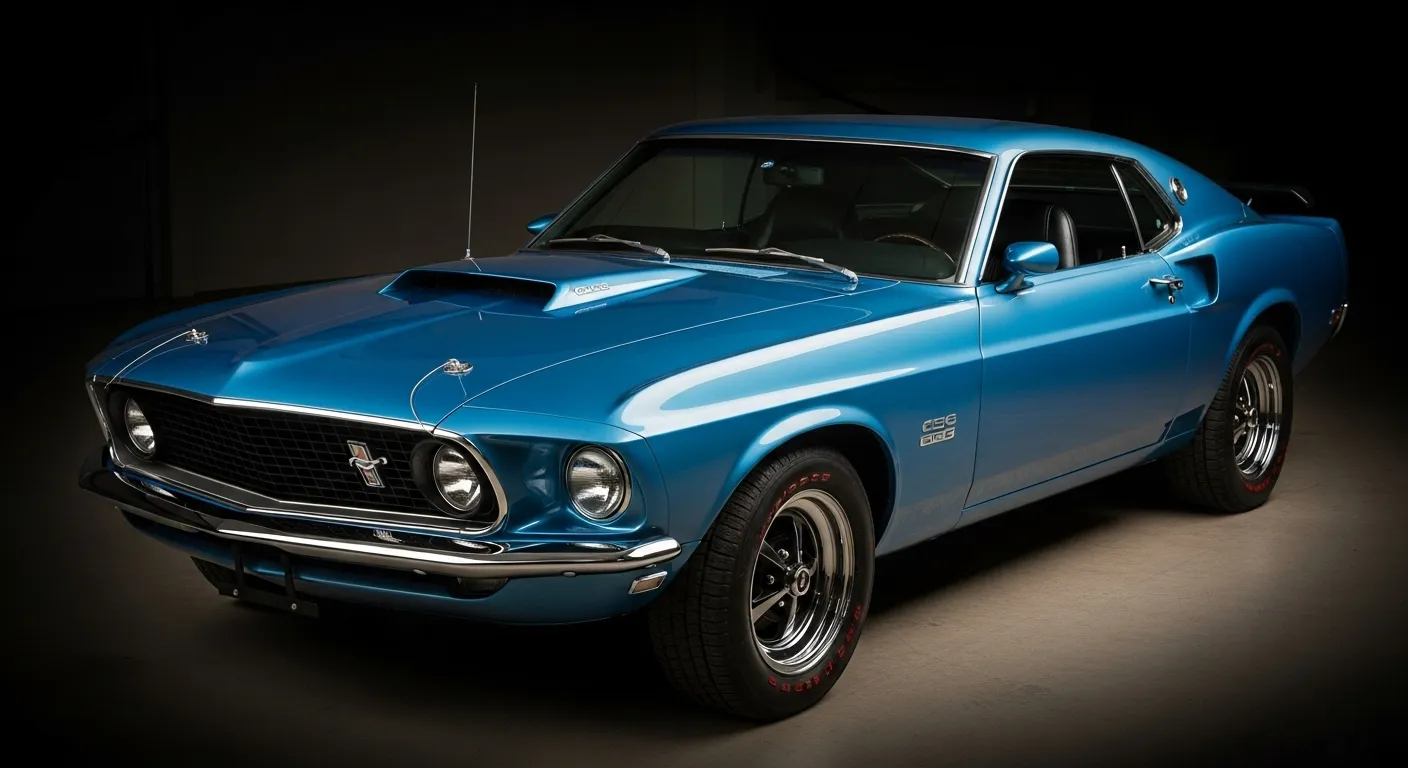In a world increasingly dominated by EV launches, torque curves and zero-emissions headlines, it’s refreshing to see that a vintage muscle car can still capture public imagination. At the Mecum Indy Fall Special 2025 auction, a 1969 Boss 429 Mustang sold for $247,500, and the twist: all proceeds will go to charity.
Why does this matter now? For U.S. car buyers, enthusiasts, and collectors, this sale underscores that the classic car market still commands premium pricing—even as attention shifts to electrification. It also signals a strengthening trend: using high-value collector vehicles as philanthropic vehicles, aligning passion with purpose.
Beyond the dollar figure, this auction sends ripples through the automotive world: it boosts visibility for classic car auctions, injects goodwill into the collector community, and reflects how legacy machines can still play a role in today’s socially aware marketplace.
Unpacking the Rarity and Appeal of the 1969 Boss 429
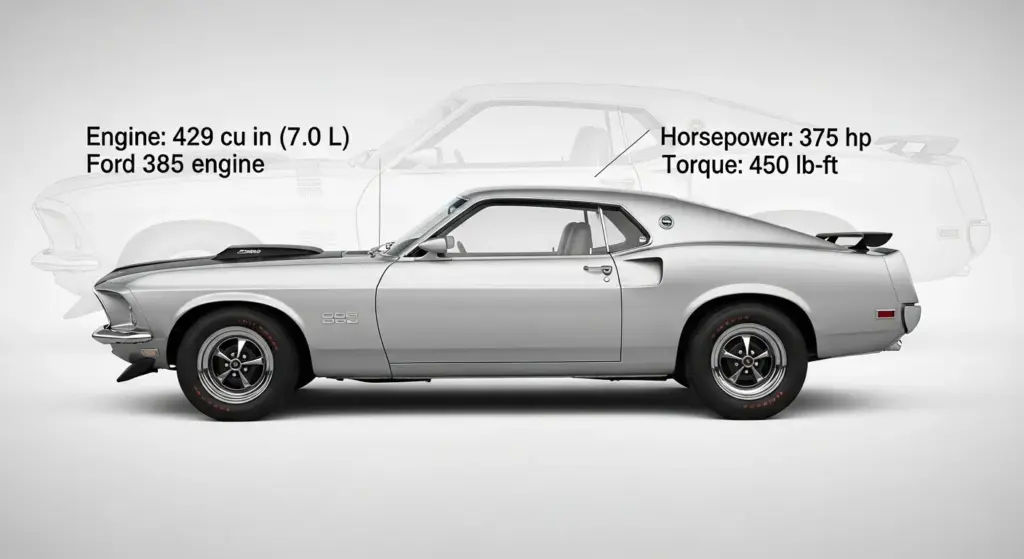
The 1969 Boss 429 isn’t just any Mustang — it was built for NASCAR homologation, packed with a semi-hemispherical “Boss” version of Ford’s 429 V8. Only 1,358 Boss 429s were made in total (including 1970 models), with 859 in 1969 alone.
That rarity drives fierce demand. Because each example has a story—numbers-matching engines, original paint, provenance—collectors treat them like prized artifacts. What’s more, in recent years, top-condition Boss 429s have commanded averages above $300,000, and the record sales exceed $600,000.
This particular car, in “highly original condition,” may have sold below some recent highs, but the added charitable component gives it a significance beyond pure ROI.
Please take a look at this post as well: Honda’s 2026 CB500SF Is Breaking the Internet — Here’s Why Riders Love It
Specs That Still Impress
| Specification | Value / Detail |
|---|---|
| Engine | 429 cu in “Boss” V8 (semi-hemi style) |
| Production Years | 1969–1970 |
| Transmission | 4-speed manual (standard) |
| Body Style | 2-door fastback coupe |
| Length / Width / Height | ~187.4 in / 71.7 in / 50.4 in |
| Approx Weight | ~3,870 lb |
| Power (factory rated) | ~375 hp (as new) |
Real-life impact: While this car is hardly a daily driver in 2025, with modern roads, traffic, and emissions expectations, it’s the kind of machine that shines in the context of weekend cruises, car shows, and museum displays. On open highways, the raw torque of the big block would still deliver thrust; in stop-and-go or urban settings, it demands careful handling, warmth up, and patience. For collectors, original condition and authenticity often trump outright performance.
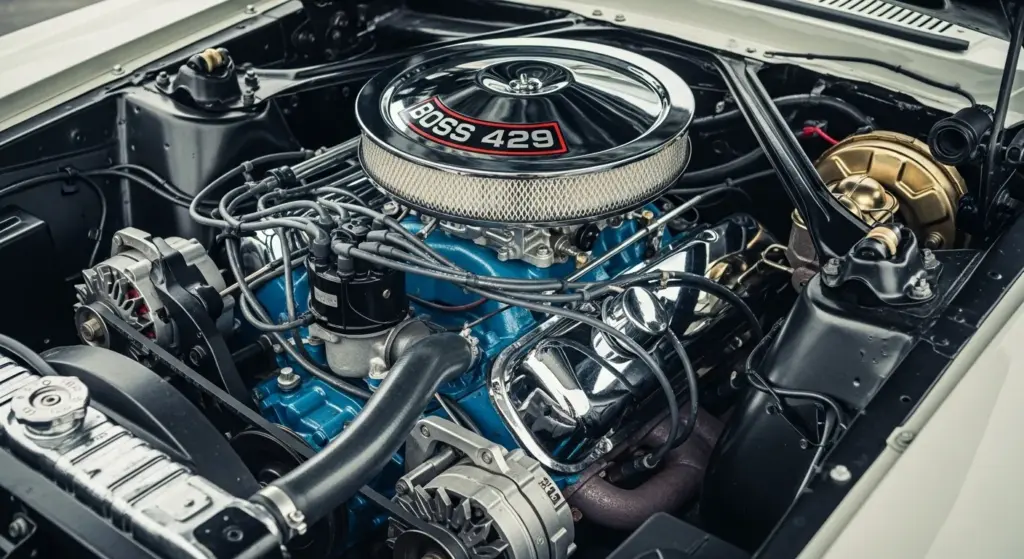
Comparison: Then vs. Now—and Against Modern Muscle
Consider modern high-performance cars like the Ford Mustang Mach 1, or even modern electric performance vehicles (e.g. Ford Mustang Mach-E GT). While today’s machines deliver better emissions, handling, and safety, they often lack the visceral “analog feel” that early muscle cars evoke.
Compare also with the 1970 Boss 429—those later model years sometimes command higher prices, especially rare colors like Calypso Coral. Indeed, a 1970 version recently fetched over $600,000.
In contrast to an EV or modern muscle car, the 1969 Boss 429 demands constant vigilance: manual gearing, carbureted fueling, minimal amenities. But for many collectors, that’s precisely its charm.
Please take a look at this post as well: 2026 Toyota RAV4 Goes Fully Electrified — Hybrid Power, Fast Charging, and a Bold New Look
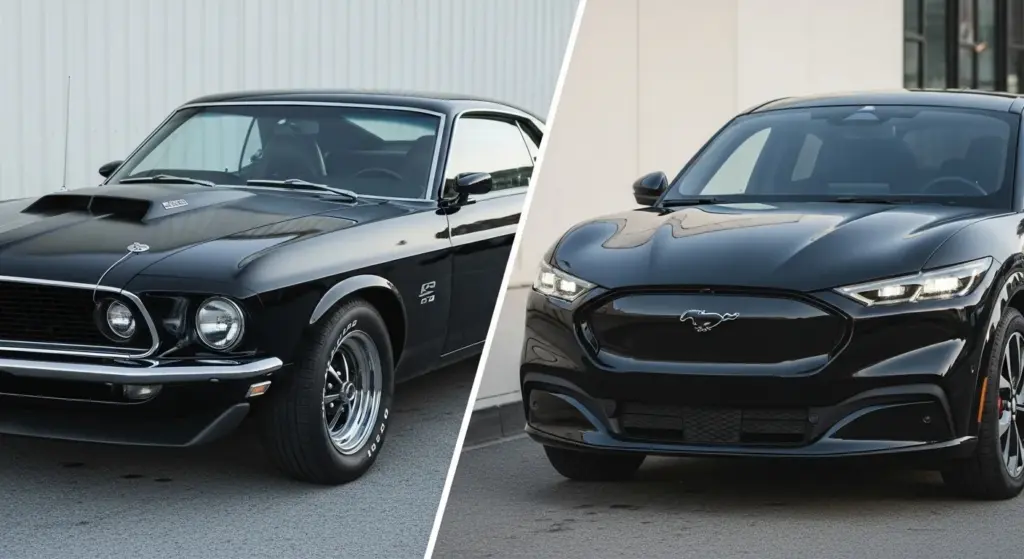
Charity Twist: How a Collector Sale Became a Good Deed
What sets this sale apart is not just the price, but the purpose. The seller donated the full proceeds to the Tulsa Community Foundation (TFC), one of the largest community foundations in the U.S. that channels funds into local charities and government projects.
In auction circles, charity consignments are not new, but when a vehicle of this caliber is involved, it amplifies attention. The car world is increasingly intersecting with philanthropy — consider recent celebrity car sales raising funds for health causes, environmental projects, or educational nonprofits.
This alignment of collectible value and social impact may inspire more owners of rare vehicles to consider similar charitable routes in the future.
Market Signals & What This Means for Collectors
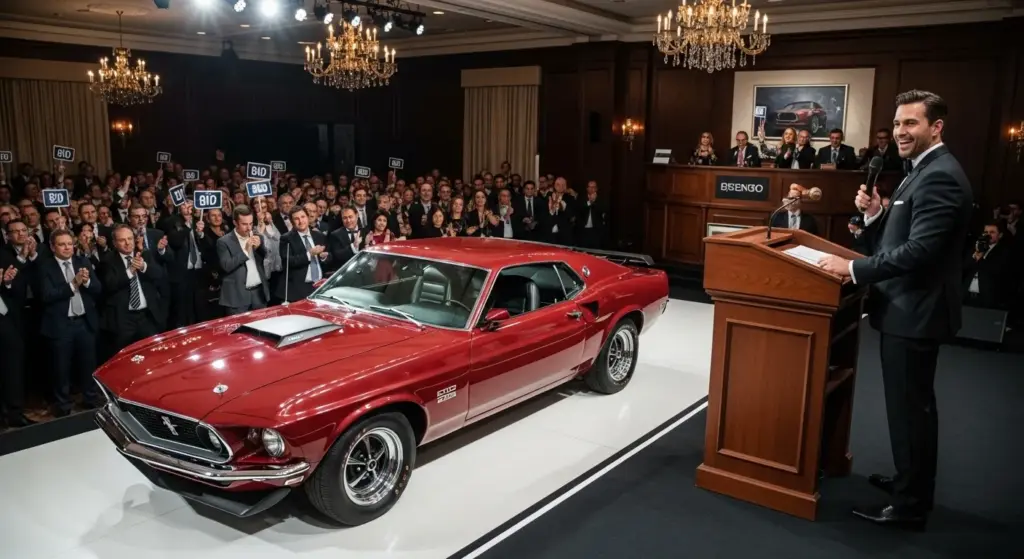
- Classic Car Value Resilience — Despite macroeconomic uncertainty and a growing focus on EVs, top-tier classics still command premium valuations.
- Public Relations Boost — A high-visibility, charity-linked auction gets media traction, attracting new audiences to the collector car world.
- Trend of Cause-Driven Auctions — Expect more “for charity” consignments, especially for vehicles whose owners want to preserve legacy while giving back.
- Emphasis on Provenance & Condition — As values rise, collectors will increasingly scrutinize authenticity, matching numbers, maintenance history, and originality.
Please take a look at this post as well: Ram 1500 Brings Back the Hemi 2026— and It’s Already Breaking Sales Records
Should You Care—and Who Is This Right For?
If you’re a collector, historian, or muscle-car enthusiast, this sale is a reminder that iconic machines still command respect in 2025’s shifting auto landscape. A 1969 Boss 429 isn’t for daily commuting—it’s for showcasing, preserving, and enjoying selectively.
If you’re a buyer in the modern performance or EV space, this story offers contrast: legacy still has value, and the emotional appeal of internal combustion heritage keeps its niche appeal alive.
Final Thoughts
This $247,500 sale of a 1969 Boss 429 Mustang, with proceeds going to charity, is more than just a headline — it’s a symbolic moment. It ties together automotive passion, nostalgia, and social purpose. The car itself is a legend: rare, potent, and storied. The extra layer of generosity gives it fresh relevance in 2025.
Strong points: rarity, provenance, timeless appeal, philanthropic spin. Challenges: usability in modern life, maintenance, storage, and operating costs.
Who should consider this? Only serious collectors with capital, space, and devotion to legacy cars. But beyond who can buy it, many can appreciate what the sale represents: that even in a future leaning heavily into EVs and advanced tech, the roar of a big block V8 still resonates—and can do good along the way.
If you’d like, I can also craft a version more tailored to performance car buyers or EV enthusiasts. Do you want me to spin that?
